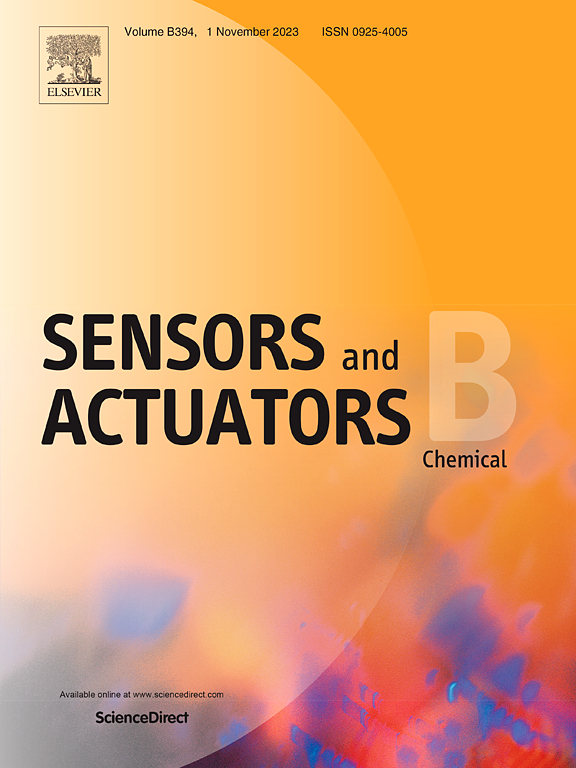Amino nitrogen quantum dots hybrid platinum as efficient peroxidase mimics for fluorescent sensing in microchip
IF 8
1区 化学
Q1 CHEMISTRY, ANALYTICAL
引用次数: 0
Abstract
Nanocomposites-based nanozyme have been proposed to realize the combination of the respective properties of each component or to achieve cooperatively enhanced catalytic performances, but the systematic catalytic mechanism remains unclear in majority cases. Herein, an entirely new nanocomposite, amino nitrogen quantum dots hybrid platinum (aNDs/Pt hybrid) nanozyme was fabricated to reach a remarkable peroxidase-like activity owing to the synergetic effects between the two components. The roles of the oxygenous groups on the surface of aNDs/Pt hybrid determining their peroxidase-like catalytic activity were evaluated by regulating the functional groups during the synthesis of nitrogen quantum dots. Accordingly, empirical and theoretical evidences were given to identify the catalytic, substrate-binding, and inhibition sites in peroxidase-mimicking catalytic reactions of the aNDs/Pt hybrid. Meanwhile, the catalytic activity of aNDs/Pt hybrid nanozyme shows a strong dependence on the concentration of H2O2, based on which a highly sensitive fluorescent sensor for glucose detection in a microchip was established by employing aNDs/Pt hybrid as robust peroxidase. It is found that the developed sensor had excellent glucose sensing capability, including two-section broad linear detection ranges (0.1–6.0 μmol/L and 6.0–1000.0 μmol/L), less sample consumption (2.0 μL) and a low detection limit (31.7 nmol/L). Human serum and saliva samples were successfully examined by the as-proposed sensor with satisfactory results, showing the practical applications. This work not only gives a much deeper understanding on cooperatively catalytic mechanism for nanohybrids-based nanozymes, but also facilitate the design and fabrication of other types of target-specific artificial enzymes.

求助全文
约1分钟内获得全文
求助全文
来源期刊

Sensors and Actuators B: Chemical
工程技术-电化学
CiteScore
14.60
自引率
11.90%
发文量
1776
审稿时长
3.2 months
期刊介绍:
Sensors & Actuators, B: Chemical is an international journal focused on the research and development of chemical transducers. It covers chemical sensors and biosensors, chemical actuators, and analytical microsystems. The journal is interdisciplinary, aiming to publish original works showcasing substantial advancements beyond the current state of the art in these fields, with practical applicability to solving meaningful analytical problems. Review articles are accepted by invitation from an Editor of the journal.
 求助内容:
求助内容: 应助结果提醒方式:
应助结果提醒方式:


